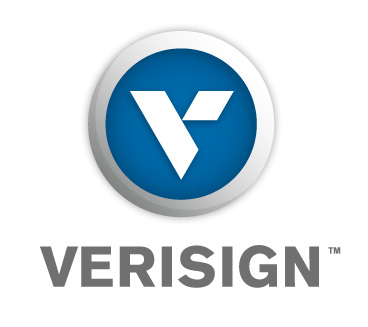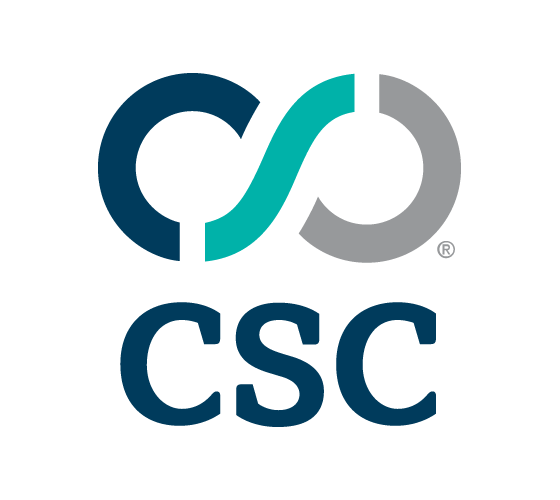


|
||
|
||
A certain number of brands are using a dot brand domain as their main actual website. The following analysis looks at how dot brands are used in brand communication. Are brands communicating about their domain names, or are domain names supporting brand communication?
Dot brand domains – what are they ?
Dot brand corresponds to the ability, for a certain number of pioneering brands, to use their brand name at the top level of the naming system for their own purpose, in parallel to a dot com or a country code.
Early October, 553 brands had signed an agreement with ICANN to run their own brand Top Level Domain. Five more brands are still finalizing their discussions and agreements. Additional potential new openings will happen in the next years.
Thirty of the brands have decided to shift major significant digital assets to their dot brand and around ten have chosen to use a dot brand domain as their main domain name.
Three main communication options
There are three main options on dot brand domain name communication:
— Communicating about the launch and the new domain name itself
— Explaining the change in a global communication
— In a totally seamless way
Communicating about the launch of domain name
The launch of these new domain names is most often simultaneous to the launch of a new website, therefore most of the communications are a mix between launching a new website and a new digital platform. Weir‘s launch, in march 2016, is a very good example of a global digital platform launch.
The main support of that communication are press releases issued by brands upon launch. In a previous article, we had outlined the content of the press releases issued upon launch of the new dot brand websites. There is limited communication with the end customer. The only brand that displayed a banner on the very first page of the sites and on social media, is Sener.
 Figure 1: SENER promotes its top-level dot brand domain on its new website. (Click to Enlarge)
Figure 1: SENER promotes its top-level dot brand domain on its new website. (Click to Enlarge)
Explaining the change
Canon has decided to explain to their visitors that there was a change in the structure of the domain name.
 Figure 2: Canon welcoming customers to global.canon: “Until now, the URL we used for Canon’s global website was ‘www.canon.com.’ From now on, however, we will begin gradually introducing ‘global.canon’ to provide information to a global audience with a new online presence.” (Click to Enlarge)
Figure 2: Canon welcoming customers to global.canon: “Until now, the URL we used for Canon’s global website was ‘www.canon.com.’ From now on, however, we will begin gradually introducing ‘global.canon’ to provide information to a global audience with a new online presence.” (Click to Enlarge)
This message is very prominently displayed on the first page of Canon’s new corporate website.
Here, Canon is not using their new domain names to communicate, but believes it is important to explain the change to their users and visitors, who may be surprised to have this new domain name that appears when typing in Canon.com.
Totally seamless communication
The majority of brands are launching their domain name as if it had a traditional structure.
The first uses of domain hacks—mainly used as URL shorteners to post links on social media—are an interesting example. On December 15, 2009, Google used the ccTLD of Greenland to use the domain goo.gl, and then youtu.be, using the ccTLD of Belgium. There was no communication about that, but brands simply started to use them and it became natural. Dot brand is a much more significant change than simple domain hacks involving business issues such as distribution network or security.
On October 1, 2016, Google launched blog.Google, described by the company as: “Discover all the latest about our products, technology, and Google culture on our official blog.” Interestingly, the site discusses the introduction of new features in Google products such as docs, sheets, or the presentation of new phone, but nothing about dot Google domain name itself.
 Figure 3: Leclerc promoting branded TLD in a brochure. (Click to Enlarge)Brands are simply putting a new URL on their communication tools in a very seamless fashion. They are not addressing the advantages—such as increased security—nor telling their customers that, even though there is no traditional domain extension, it is a website.
Figure 3: Leclerc promoting branded TLD in a brochure. (Click to Enlarge)Brands are simply putting a new URL on their communication tools in a very seamless fashion. They are not addressing the advantages—such as increased security—nor telling their customers that, even though there is no traditional domain extension, it is a website.
Bnpparibas (a major French bank) or Leclerc (large French supermarket chain), indicate the ‘www.’ before their dot brand domain names, giving some hint to visitors that this is a domain name. Leclerc actually goes quite far in creativity as they use a picture to represent the second level domain name (see Figure 3).
BNPParibas is using a smart technique on AdWords to raise the awareness about the new domain name.
Some others, such as Pictet or Barclays, are simply using the new domain name without any www (see Figure 4).
 Figure 4: A snapshot of how Barclays us using its new branded TLD on its website. (Click to Enlarge)
Figure 4: A snapshot of how Barclays us using its new branded TLD on its website. (Click to Enlarge)
Barclays mentions links to their new dot brand website on brochures
Conclusion
The first brands who launched significant assets in dot brand domains are pioneers. Some of them draw the attention of their visitors on the launch and inform them that the domain name of their website has a new structure. The most popular sites have been launched without any specific focus and communication about the domain name. It’s not the brand that supports the domain name, it is the dot brand that supports the communication and the message.
Sponsored byDNIB.com

Sponsored byVerisign

Sponsored byWhoisXML API

Sponsored byVerisign

Sponsored byIPv4.Global

Sponsored byRadix

Sponsored byCSC
